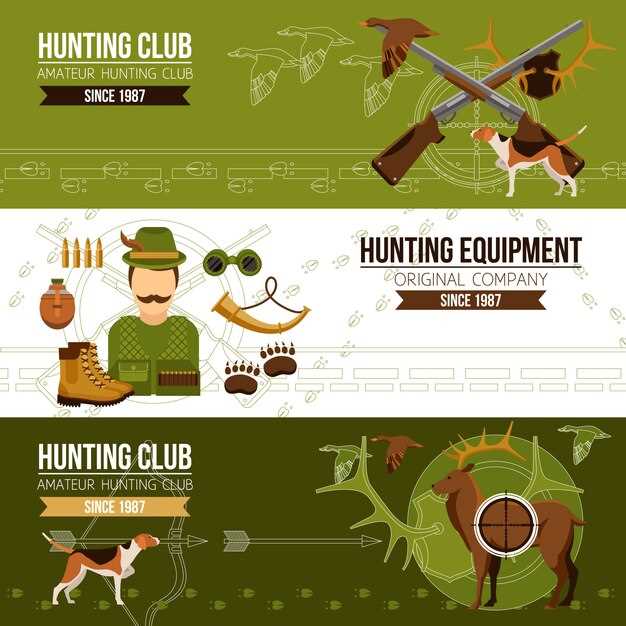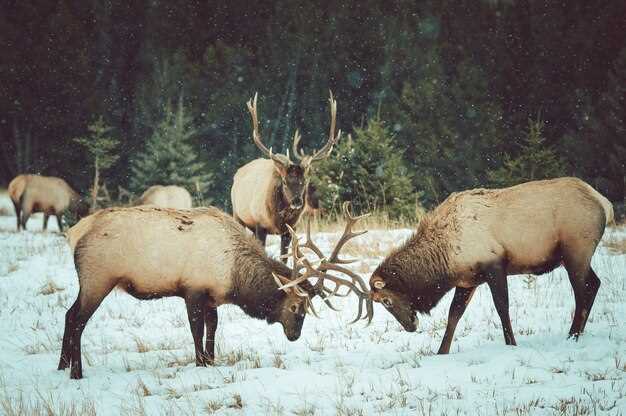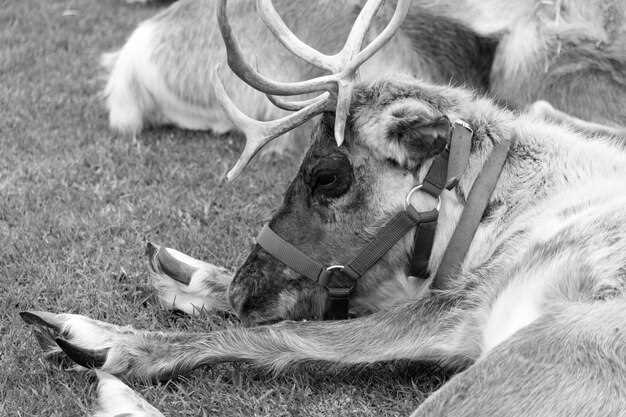
Best ammunition for deer, elk, and boar

When it comes to hunting big game like deer, elk, and wild boar, selecting the right ammunition is crucial for a successful outing. The effectiveness of your shot largely depends on the ammo you choose, as it directly influences your shooting accuracy and killing power. Understanding the specific requirements for each type of game can help you make informed decisions that align your firearm with the demands of the hunt.
Different species exhibit varied physical characteristics and behaviors, necessitating tailored ammunition solutions. For instance, deer may not require the same stopping power as an elk or a boar. Therefore, matching your ammunition to the intended target is essential, ensuring that you achieve the necessary penetration and expansion for a clean kill. The goal is to strike a balance between bullet weight, velocity, and type, thereby enhancing your overall effectiveness in the field.
In this article, we will explore the top ammunition choices available for hunting these majestic animals. We will cover the performance aspects of different calibers and bullet types, helping you to understand how to match your ammo with the specific game species. Whether you are a seasoned hunter or a newcomer, having the right ammunition can make all the difference on your next adventure.
Top Ammunition Choices for Deer, Elk, and Boar Hunting
Choosing the right ammunition is crucial for successful hunting of deer, elk, and boar. Each game species has unique characteristics and requires a specific type of bullet to ensure an ethical and effective kill. Below are some top ammunition options tailored for these hunting scenarios.
For deer hunting, bullets that provide a balance of expansion and penetration are ideal. The .308 Winchester with soft-point ammunition is highly regarded for its accuracy and effectiveness. It achieves a proper blend of stopping power and range, making it suitable for various distances. Another excellent choice is the 7mm-08 Remington, known for its minimal recoil and flat trajectory, which allows for precise shots.
When targeting elk, larger calibers with heavy bullets are recommended. The .300 Winchester Magnum is a popular match for elk hunting due to its superior velocity and energy retention. This caliber delivers deep penetration, ensuring the bullet reaches vital organs. The .338 Winchester Magnum also stands out, offering high knockdown power on bigger game while maintaining manageable recoil for steady shooting.
For boar hunting, it’s important to select tough and durable ammunition to handle the thick skin and heavy bone structure of these animals. The .30-06 Springfield, with its heavy-weight bullets, excels in delivering the necessary force to penetrate and bring down wild boar. Additionally, the .44 Magnum can be a great choice for close encounters, providing significant stopping power in a compact form suitable for brush hunting.
Ultimately, the choice of ammunition should consider the specific conditions of the hunt, the environment, and personal shooting preferences. Understanding the capabilities of each caliber and their respective bullet types will aid in making the best decision for harvesting these game species effectively and responsibly.
Understanding Ballistic Performance for Larger Game
When hunting larger game such as deer, elk, and boar, the choice of ammunition plays a crucial role in ensuring a successful hunt. Understanding ballistic performance helps hunters make informed decisions about the type of ammo they use. Below are key factors to consider.
- Caliber Selection:
- Caliber refers to the diameter of the bullet, which influences its stopping power.
- Common calibers for larger game include .300 Win Mag, .30-06 Springfield, and .308 Winchester.
- Bullet Weight:
- Heavier bullets tend to penetrate deeper, making them ideal for larger game.
- Typical weights range from 150 grains to 200 grains for deer and elk.
- Velocity:
- Higher velocity increases kinetic energy, improving the bullet’s effectiveness during the hunt.
- Consider ammunition that balances velocity and bullet weight for optimal performance.
- Trajectory:
- A flatter trajectory aids in aiming, especially over long distances, which is crucial in hunting situations.
- Consult ballistic charts to determine how different ammo types perform at various ranges.
- Bullet Design:
- Different designs such as soft points, hollow points, and bonded bullets affect expansion and penetration.
- Soft points expand upon impact, providing effective energy transfer to larger game.
In summary, understanding ballistic performance through careful consideration of caliber, bullet weight, velocity, trajectory, and bullet design is essential for effective hunting of larger game. The right ammo can significantly improve success rates and ensure ethical hunting practices.
Choosing the Right Caliber for Each Species

Selecting the appropriate caliber for hunting game such as deer, elk, and boar is crucial for ensuring a successful and humane harvest. Different species have varying sizes, weights, and types of armor, which require specific ammunition to increase effectiveness and accuracy. Understanding these differences helps hunters match their ammo to the game they pursue.
For deer hunting, common calibers include .243 Winchester, .270 Winchester, and .30-06 Springfield. These rounds offer a balance between manageable recoil and sufficient power, making them ideal for the swift, agile nature of deer. A caliber like .243 is particularly favored for smaller deer species or when minimal meat disruption is desired, while the .30-06 provides the stopping power necessary for larger deer.
When targeting elk, hunters should consider larger calibers such as .300 Winchester Magnum or .338 Winchester Magnum. Elk are significantly larger and tougher than deer, requiring a match in both bullet weight and velocity to ensure a quick kill. These calibers provide the energy needed to penetrate thick hide and reach vital organs effectively.
Hunting wild boar presents unique challenges due to their dense muscle and thick skin. Calibers such as .30-30 Winchester, .44 Magnum, or even .45-70 Government are excellent choices for this rugged game. These rounds are designed to expand upon impact, delivering a significant amount of energy that is crucial for overcoming the boar’s tough exterior. Additionally, larger calibers can help hunters account for the boar’s unpredictable behavior and ensure a clean, humane kill.
Ultimately, the choice of caliber should not only match the game being hunted but also suit the individual hunter’s experience and comfort level. Proficient use of ammunition tailored for each species can greatly enhance the likelihood of a successful and ethical hunt.
Comparing Lead vs. Nonlead Options for Ethical Hunting

When it comes to selecting ammunition for hunting game such as deer, elk, and boar, the choice between lead and nonlead options is pivotal for ethical hunters. Lead ammo has been traditionally favored due to its density and ballistics, offering effective terminal performance and match accuracy. However, environmental and health concerns have prompted the exploration of nonlead alternatives.
Lead ammunition can lead to serious ecological consequences, particularly through lead poisoning in scavengers that consume the remains of game. This has led to a growing awareness and legislative movements towards the adoption of nonlead options, such as copper, brass, and various composite materials. These nonlead ammos are designed to deliver similar ballistic properties, ensuring a lethal shot while mitigating environmental risks.
Nonlead ammo often matches or exceeds the energy transfer and expansion characteristics of lead rounds, making them equally effective for big game hunting. With advancements in technology, nonlead bullets are now engineered to provide high accuracy and precision, making them a viable option without compromising performance. Ethical hunters understand the importance of not only a successful hunt but also the impact of their choices on wildlife and ecosystems.
In conclusion, while lead bullets have been the standard for years, nonlead options are becoming increasingly popular among ethical hunters. By choosing nonlead ammunition, hunters can enjoy the thrill of the chase while also contributing to a healthier environment for future generations and wildlife conservation efforts.




